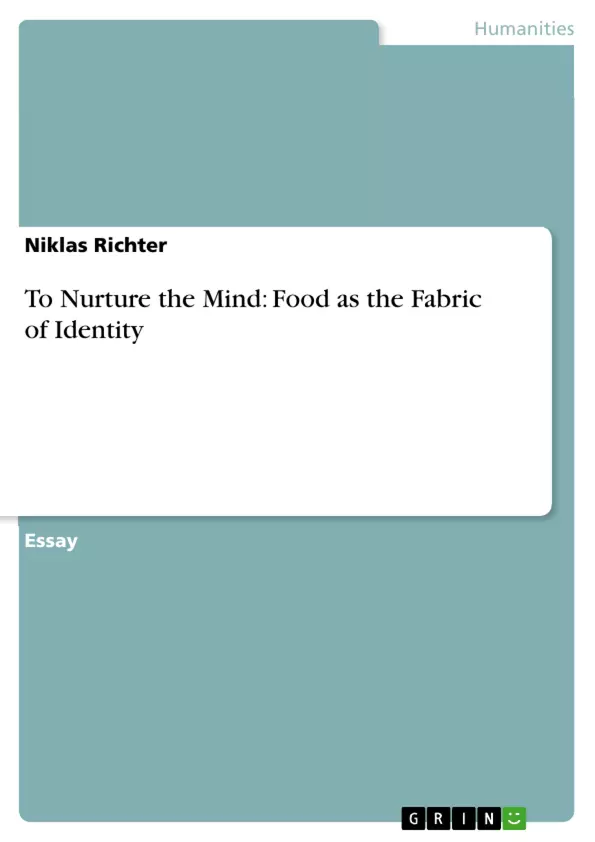A brief outlook on a module paper or master thesis about food culture and similarities between humans, human animals and animals, non-human animals on the basis of food culture studies.
It would be an understatement to frame food as mere accumulations of calories. As food for thought, food enables all organisms on Earth to bloom and flourish. It is the essence of life itself. Flora and fauna, human and non-human animals; all species are dependent on the soil that food provides for their survival. Human animals have found multiple ways to imbue food with meaning beyond its organic structures. To name a few: dietary preference, culture, and social hierarchies. Among many, these aspects converge to concoct the fabric of identity in our delicate ecosystem. However, this assumption does not only apply to human but to non-human animals alike, creating interspecies knots of comprehension towards communal appreciations of food.
Inhaltsverzeichnis (Table of Contents)
- To Nurture the Mind: Food as the Fabric of Identity
- Food as a Fabric of Identity
- Culture and Food
- Food and Identity in Non-Human Animals
Zielsetzung und Themenschwerpunkte (Objectives and Key Themes)
This paper examines the role of food in shaping identity, both for human and non-human animals. It explores how food transcends its basic function as sustenance and becomes a defining element of culture, tradition, and social interaction. The author delves into the interspecies connections and complexities surrounding food and its cultural significance.
- Food as a foundational element of culture and identity
- The significance of food beyond its nutritional value
- Cultural transmission of food practices and traditions
- Interspecies connections and similarities in food-related behaviors
- Exploring the concept of food culture in non-human animals
Zusammenfassung der Kapitel (Chapter Summaries)
- To Nurture the Mind: Food as the Fabric of Identity: This introductory chapter establishes the central theme of the paper, asserting that food plays a fundamental role in shaping identity. It highlights the multifaceted nature of food, emphasizing its significance beyond simple nutrition.
- Food as a Fabric of Identity: This section delves into the intricate relationship between food and identity, exploring the influence of cultural values and practices on food choices and consumption patterns. It discusses the concept of "food culture" and its role in shaping individual and collective identities.
- Culture and Food: This subsection examines the role of culture in shaping food-related behaviors and traditions. It draws upon Helman's (2007) definition of culture to illustrate how cultural guidelines influence food preferences, preparation methods, and consumption rituals. The author emphasizes the interconnectedness of culture and food, demonstrating how cultural values are deeply ingrained in food practices.
- Food and Identity in Non-Human Animals: This section explores the evidence of food culture in non-human animals, challenging the notion that conscious food habits are solely human. It cites studies on various animal species, including chimpanzees, orangutans, dolphins, and killer whales, to highlight the presence of complex foraging behaviors and cultural transmission of food-related knowledge in non-human animal communities. The author suggests that these findings challenge traditional perspectives on the uniqueness of human food culture and highlight the need for a more nuanced understanding of interspecies connections.
Schlüsselwörter (Keywords)
This paper explores the concept of food culture, examining its influence on identity formation for both human and non-human animals. It focuses on the interplay between culture, food, and identity, highlighting the transmission of food practices, the role of social learning, and the potential for interspecies kinship in shaping food-related behaviors.
- Quote paper
- Niklas Richter (Author), 2024, To Nurture the Mind: Food as the Fabric of Identity, Munich, GRIN Verlag, https://www.hausarbeiten.de/document/1457519


